Before we get to the AudioCentron,
here are a few things I'd be happy if you could help me with:
Maybe you have the card or have downloaded a card image of Roland FANXRUP1 or FANXUP1
that was once floating around the web? If you have the card but don't
know how to create an exact backup of it, I'll help you with it - it's easy.
I've already dumped both cartridges from a Yamaha PSS-103 and PSS-104 as well as reversed its barcode system (same for Yamaha PSS-101 and PSS-102 which use 7bit barcode cards instead of 8bit, plus dumped rom from PSS-102 as well) and those dumps are/will be on this great webpage amongst tons of my other dumps. However, maybe you have PSS-104 service manual or, at least, schematics, that seem nowhere to be found?
I'm looking for an Alesis WEDGE rom dump, Alesis XT:C rom dump and also Alesis XT-Reverb rom dump, Here's a MidiVerb dump for you in exchange. In fact, you can find tons of my dumped roms on this great webpage.
Also - maybe you have an Alesis Wedge rom dump? Or, at least, have made some photos of its insides?
How come noone seems to have dumped Roland DDR-30 waverom?
I'm tempted to buy one cheap available locally now just to make dumps
(for all of you, btw!), but I already have a hundred more other synths
to desolder and dump in queue, so probably won't go for it. If you have
one - dump all the roms and let me know! It just should be put on this great website.
It seems there that earliest version (A00) of the Yamaha FB01
firmware rom is somewhat rare, and I esimate, based on the units that I
have, that at most 10%-20% of the units in the wild do have it. All
usual ones have the most-likely-final C00, that I have desoldered,
dumped and shared in the long-ago ancient times. However, for the sake
of history and disassembly fun, having A00 dumped is a must as well,
though I don't realy have too much of spare time to desolder and dump
it, especially since maybe someone has already dumped this version
(given the popularity and abundance of these modules). So if you have
it, let me know. At some point I might desolder it and dump it, if it
turns out to be realy rare, but I'd better spend that time desoldering
and dumping something else.
Also, for the curious, initial hardware version (with A00 rom) only
differs with (besides missing ground wire from the pcb inside) that it
does not have a metal sub-chasis under the pcb, so you can tell that
from the outside by looking from the bottom: early ones have two holes,
but no screws in them, and instead has white plastic pegs in other
holes right besides front panel. Serial numbers for the A00 version
seem to be below 02000, while 07000 and up definitely has version C00.
No idea about if there was a B00 version in betwen 02000 and 07000.
(I will likely make a separate article on FB-01 at some point)
Any of the ART MultiVerb, ProVerb or similar reverbs/effect rom dumps are also of interest for me, for example I'm looking for ART Proverb 200 - here's an ART Multiverb LT dump for you in exchange.
Judging by the immense popularity of PSS-51 in eastern europe, asia and
amongst russians, it is quite hard to believe that no one have dumped
its roms. Maybe you have dumps of Yamaha PSS-51
program, abc and/or waveroms? Or maybe you know one for local pickup
somewhere within Baltic states? Well, just bought and dumped it, and extracted samples, demos and styles. Also I've previously made dumps of rather
similar PSS-795 and PSS-595.
In regards to multieffect pedals - maybe you have a rom dump of Roland/BOSS GT-10B? There in this great webpage you can find my GT-3,5,6,8 dumps.
And maybe someone has already desoldered and dumped PSR-6000 waveroms?
Those are three pieces of DIP42 chips, each 2Mbyte (besides two more chips with styles and
then two DIP40 with program and demo songs). I am somewhat tempted to
grab one from the local trash market to do this, yet not sure if I
realy have to. And I don't have a clue when I could actually get to
desoldering it, even if I' ll grab one now. Still GEW9 stuff seems
rather interesting and not that common to come by in the keyboards.
Thanks, I now got the floppy files from Casio WK-1800 Accessory Disk (demo disk that came with it).
I will eventually make a page about this idea and what has been done
(if anything), but for now this text blob is just to keep the following
from the old post for those who are interested: You might like the main
reason I'm lookig for it - it is clearly a fun attack vector
to non-destructively dump its maskrom (in Hitachi H8) since it actually
allows to execute arbitrary code! While dumping can be done even by
blinking a led chdk-style, in this case there's already initialized and
working uart for that. Furthermore, if all is well, waveroms (8Mbyte total)
can also be dumped this way, since H8 can quickly access them, and
procedure to do this for studying will be in the maskrom. On the other
hand, I'll very likely at some point just desolder and dump waveroms
anyways - but it could be more epic to dump it via diskette and midi.
In regards to spare parts and hardware things that I'm missing, maybe you have this:
* Display from early 2000s - Kyocera KCG057QV1DB-G00 found in old Fantom-X keyboards (Roland part code: 03560889 "DISPLAY UNIT LCD KCG057QV1DB-G00").
If you do, please email me!
Audio Centron FXP
This is some oddball effects processor from 1996,
featuring nothing noteworthy in particular: shallow and pale effects,
minimum editing.
However, interesting thing about it is that effects, even though are
very barebones, it isn't capable to run them at full samplerate. Some
effects run aat 48kHz, some at 32kHz, and some at weird 27kHz. Look up
respective sample rates for each effects program in the manual below,
tile 6 - table of programs.
Hey, nice to see you there reading, but this is still just in a placeholder page stage!
Since it seems to be more likely for me to ever move forward something like this only once it is somewhat "in progress".
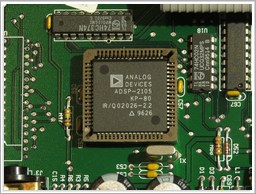 |
|
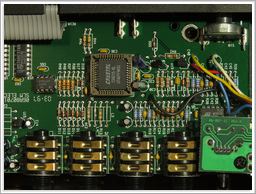 |
|
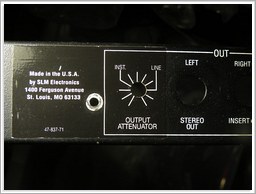 |
|
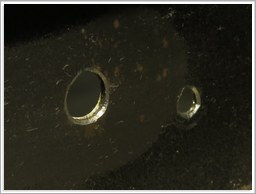 |
|
Currently under construction. I am going to fill it up, whenever I will find some spare time for doing it.
Audio Centron Earth Series
"earth tools for a sound planet"
Since it doesn't seem to be available anywhere on the
net, here I photographed for now its cardboard manual, but will someday
probably scan it as well. Photos (click!) are high enough resolution to
be completely readable.
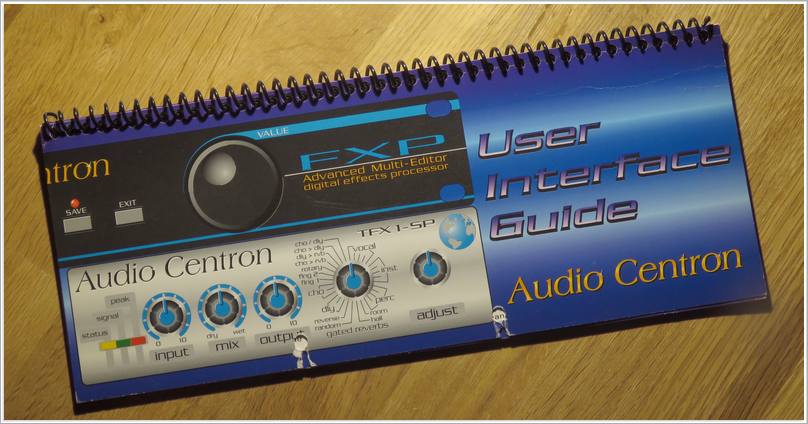 |
Audio Centron FXP user manual, Audio Centron TFX1-SP user manual
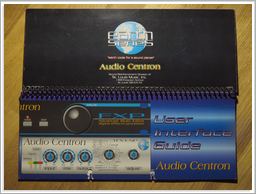 | 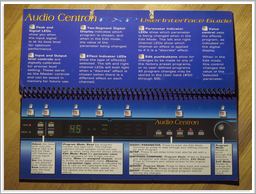 | 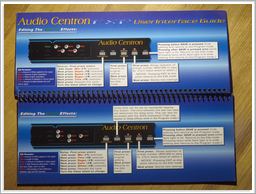 |
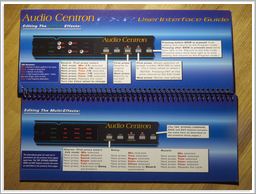 |
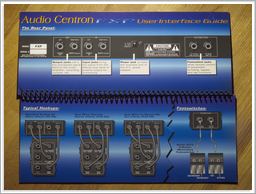 | 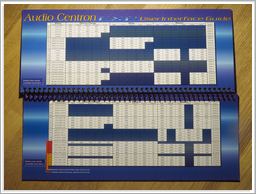 |
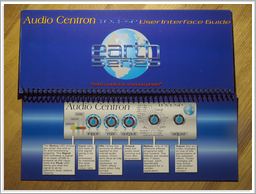 |
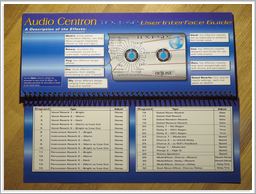 |
Currently under construction (but of course). I am going to fill it up, whenever I will find some spare time for doing it.
That's it for now!